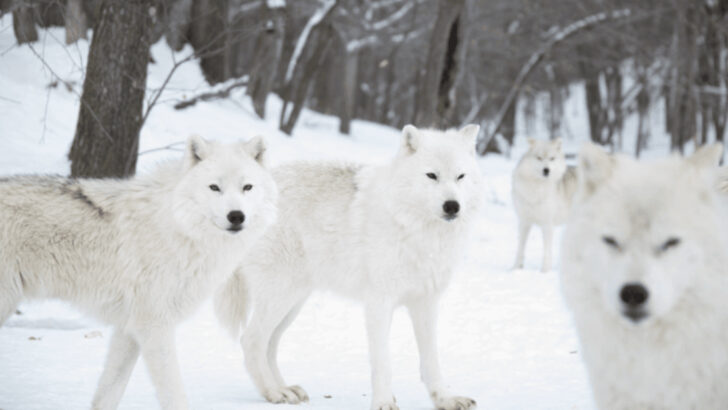They live where most life wouldn’t dare. And they thrive.
The Arctic wolf isn’t just another pretty face in a fluffy white coat. It’s a ghost of the frozen north—tough, wild, and built for survival in a place that would freeze your eyelashes in minutes.
While other animals migrate or hibernate, these wolves keep moving, keep hunting, keep living—no matter how brutal the blizzard.
They don’t just endure the Arctic. They own it.
From ice-cold caves to midnight hunts under the northern lights, these wolves have stories written in snow and silence. Get ready for 16 wild facts that peel back the frost and reveal the fierce, fascinating world of the Arctic wolf.
Bring a jacket. It’s about to get cold.
Arctic Wolf’s Habitat

Arctic wolves call some of the harshest environments on Earth home. Nestled in the icy expanses of the Arctic Circle, these wolves have adapted to survive extreme cold and scarcity of food.
Their thick fur and layers of fat are essential for insulation against freezing temperatures. In winter, darkness covers the land for months, yet these wolves thrive.
Interestingly, their territories can stretch up to 1,000 square miles, as food sources are sparse. Their ability to traverse this vast area is a testament to their resilience and adaptability in such a challenging habitat.
Social Structure of Arctic Wolves
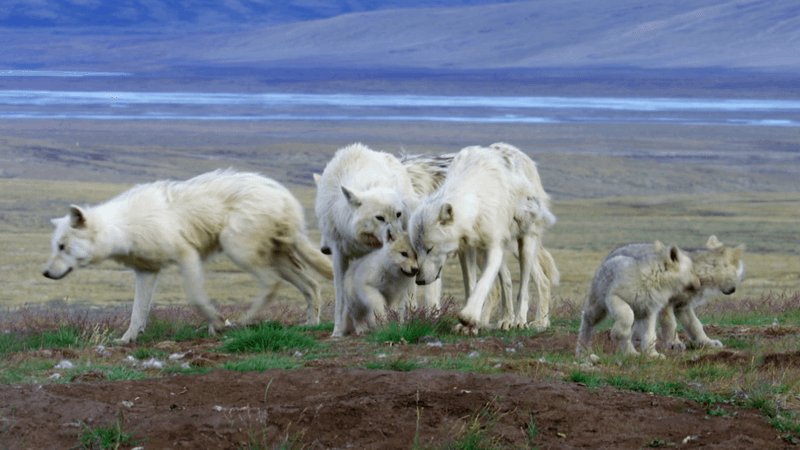
The Arctic wolf’s social structure is both fascinating and complex. Living in packs typically led by an alpha male and female, cooperation is key to survival.
These packs are usually smaller than those of their gray wolf cousins, which is an adaptation to the harsh environment where resources are limited. Each member of the pack has a specific role, from hunting to caring for pups.
This social dynamic not only enhances their chances of survival but also showcases their innate intelligence and social skills. The bond within a pack is strong, reflecting their communal and collaborative nature.
Diet and Hunting Techniques

Primarily carnivorous, Arctic wolves feed on lemmings, Arctic hares, and occasionally even musk oxen and caribou. Their hunting techniques are adapted to the barren Arctic landscape.
Stealth and patience are crucial; wolves often stalk their prey for miles before attacking. Working in packs, they can take down larger animals, showcasing their strategic prowess.
During the summer, when prey is more abundant, they have the opportunity to store energy for the leaner winter months. This cyclical pattern reflects the adaptability and survival instincts that define the Arctic wolf’s hunting strategies.
Physical Adaptations
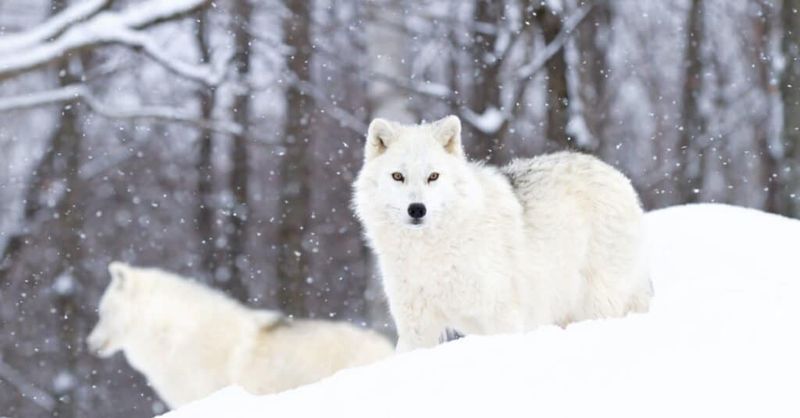
Arctic wolves are marvels of adaptation. Their dense, insulating fur and smaller ears minimize heat loss, crucial for surviving temperatures that plummet below -30°C.
Their white coats serve a dual purpose: they provide camouflage against the snowy backdrop and reflect the harsh Arctic sun. Additionally, their paws are designed to distribute weight evenly, allowing them to walk atop snow without sinking.
These physical traits not only illustrate their evolutionary success but also their ability to thrive in a seemingly inhospitable environment. The Arctic wolf’s body is a perfect example of nature’s ingenuity.
Reproductive Behavior
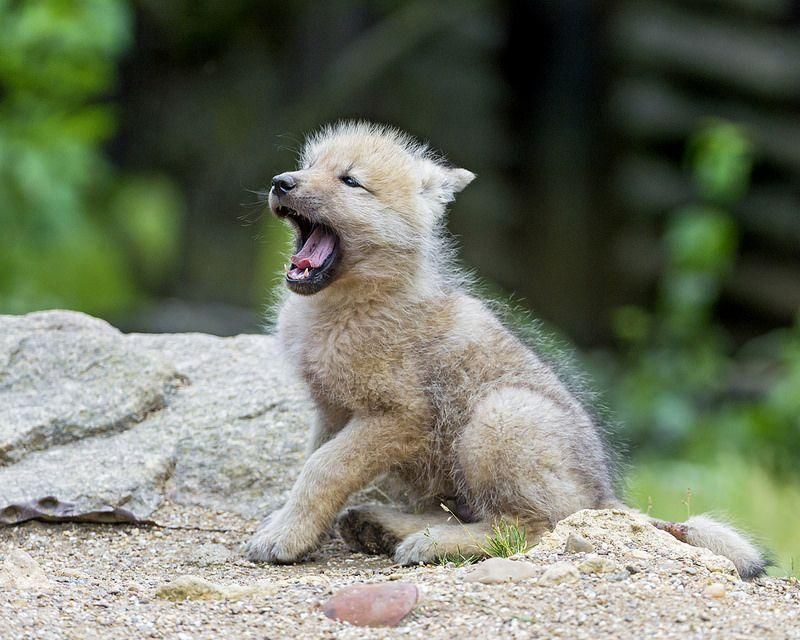
Reproduction among Arctic wolves is a well-coordinated affair. Breeding typically occurs in February and March, timed so that pups are born in spring when conditions are less severe.
A litter usually consists of two to three pups, a smaller number compared to other wolves. This ensures that the pack can adequately provide for the young ones. The entire pack participates in raising the pups, from hunting to teaching essential survival skills.
Such communal parenting highlights the deep social bonds and collaborative spirit that define their existence. It’s a family effort ensuring the next generation thrives.
Communication Techniques

Communication is vital for any wolf pack, and Arctic wolves are no exception. They use a complex system of vocalizations, body language, and scent marking to communicate.
Howling, for instance, serves multiple purposes: from marking territory to rallying the pack or signaling distress. Each howl is unique, allowing pack members to recognize each other’s calls.
Body language, such as tail position and facial expressions, plays a significant role in conveying emotions and intentions. This intricate communication network ensures that the pack operates harmoniously, reflecting their intelligence and social nature.
The Unique White Coat

The Arctic wolf’s white coat is perhaps its most defining feature. Not only does it provide excellent camouflage in the snow, but it also reflects the sparse Arctic sunlight, reducing heat absorption.
This adaptation is crucial for surviving in an environment where the sun can be both a friend and foe. The coat’s pristine hue symbolizes purity and resilience, traits that resonate with the harsh yet beautiful landscape they inhabit.
Unlike other wolves, the Arctic wolf retains its white coat year-round, a testament to its specialized adaptation to the Arctic’s unique challenges.
Role in the Ecosystem

Arctic wolves play a pivotal role in their ecosystem. As apex predators, they help control the populations of their prey, maintaining a balance that supports biodiversity.
This role is especially critical in the Arctic, where ecosystems are fragile and sensitive to change. By managing prey numbers, wolves prevent overgrazing, which protects plant life crucial for other species’ survival.
Their presence influences the health and stability of their habitat, underscoring the interconnectedness of Arctic life. The Arctic wolf’s ecological significance is a powerful reminder of the delicate harmony within nature.
Longevity and Lifespan

In the wild, Arctic wolves generally live for about seven to ten years. However, some can reach up to 15 years, especially in protected environments. Their lifespan is influenced by factors such as food availability, climate conditions, and human impact.
Despite their relatively short life expectancy, their resilience and adaptability are evident throughout their lives. These wolves face many challenges, from harsh weather to scarce resources, yet they endure.
Their longevity is a testament to their survival skills and the intricate balance they maintain with their surroundings.
Conservation Status

Currently, the Arctic wolf is not considered endangered, primarily thanks to its remote habitat, which limits human interference. However, climate change poses a significant threat, altering their habitat and impacting prey availability.
Conservation efforts focus on monitoring these impacts and preserving their natural environment. By understanding the challenges they face, we can implement strategies to safeguard their future.
Protecting the Arctic wolf also means protecting the delicate ecosystems they inhabit, highlighting the importance of global conservation initiatives in the face of environmental change.
Interplay with Indigenous Cultures
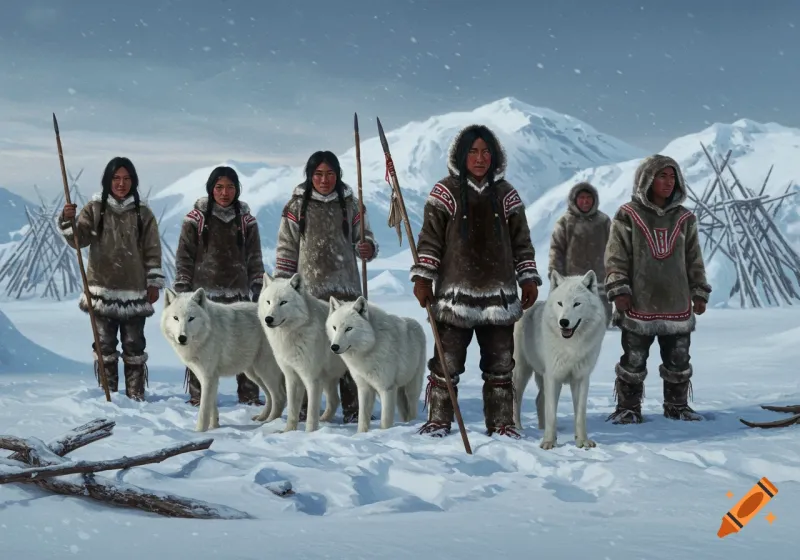
Arctic wolves hold a special place in the folklore and traditions of indigenous Arctic communities. Often seen as symbols of strength and resilience, they feature prominently in stories and cultural narratives.
For many, the wolf embodies the spirit of the Arctic, a creature to be respected and revered. These cultural connections emphasize the interdependence between the wolves and the people who share their habitat.
Such relationships are built on mutual respect and a deep understanding of the natural world, enriching the cultural tapestry of Arctic life. This interplay highlights the wolf’s significance beyond its ecological role.
Differences from Other Wolves
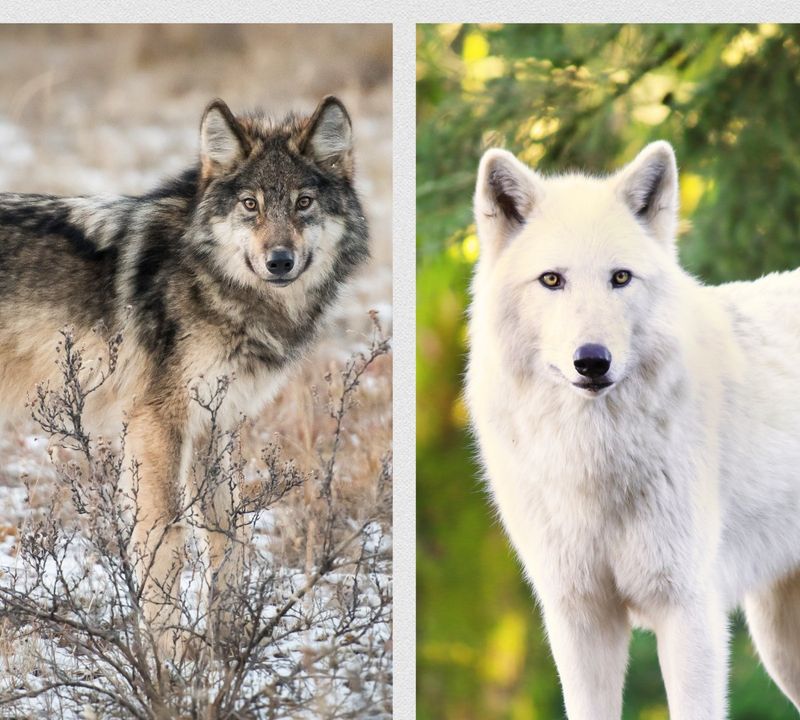
Arctic wolves differ from other wolf species in several ways. Physically, they are smaller and have more rounded features, adaptations to conserve heat. Behaviorally, they are more adaptable to extreme conditions, often requiring different hunting and social strategies.
While gray wolves might roam in larger packs, Arctic wolves tend to have smaller, more tight-knit groups. These differences are driven by their environment, showcasing the diversity within the wolf family.
Understanding these distinctions provides insight into how various species adapt uniquely to their surroundings and the evolutionary paths they follow.
Surviving the Polar Night
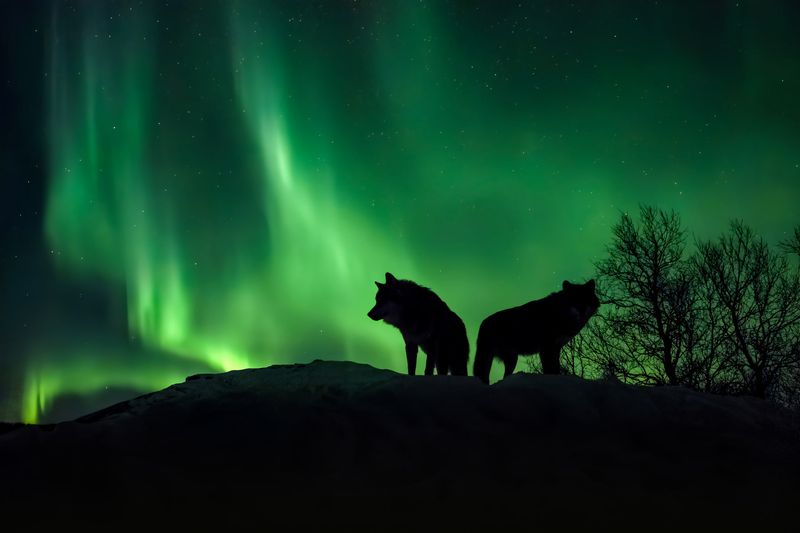
The polar night, where darkness blankets the Arctic for months, poses significant challenges for the Arctic wolf. Despite the lack of sunlight, they continue to hunt and patrol their vast territories with remarkable efficiency.
Their keen senses are heightened during this period, aiding in navigation and hunting. The wolves’ resilience during the polar night highlights their incredible adaptability.
They rely on their acute hearing and sense of smell to detect prey, even in pitch darkness. This ability to thrive in prolonged darkness underscores the Arctic wolf’s tenacity and survival skills.
The Tale of the Lone Wolf
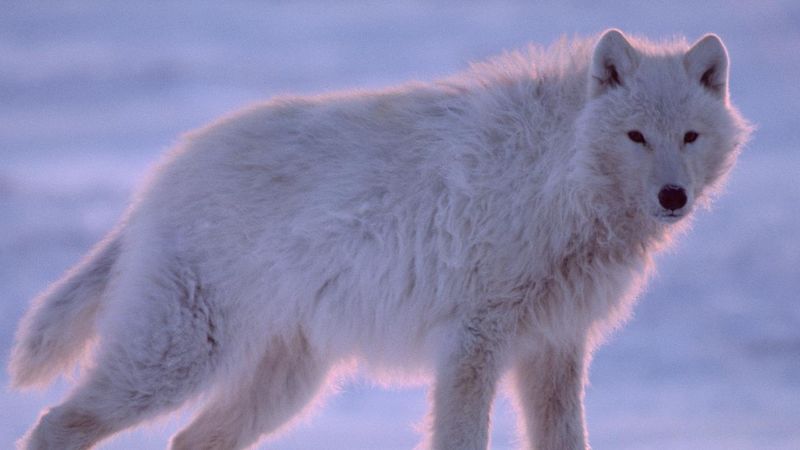
The myth of the lone wolf is often romanticized, yet in the Arctic, solitary wolves are not uncommon. These individuals might temporarily leave their pack to explore new territories or due to environmental pressures.
While they face greater risks alone, some thrive in this solitary state, showcasing adaptability and resilience. The lone wolf’s journey is one of self-reliance and courage, reflecting the spirit of exploration and survival.
These wolves serve as a powerful symbol of independence and the untamed wilderness, challenging the notion that strength only lies in numbers.
Arctic Wolf’s Role in Climate Change Research
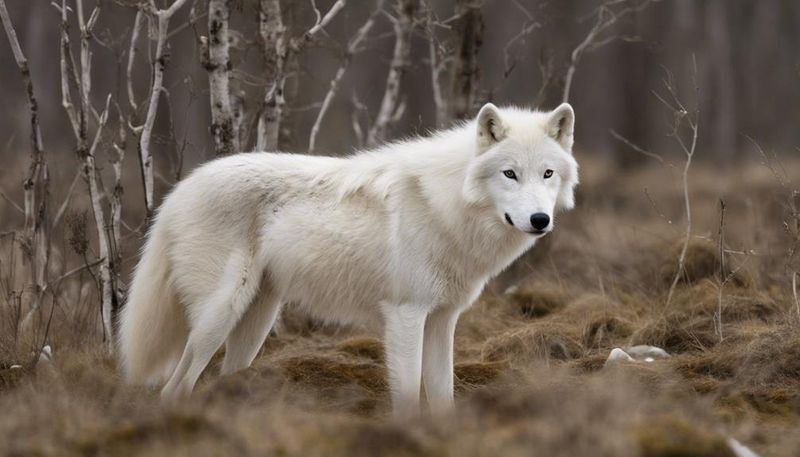
Arctic wolves have become valuable subjects in climate change research. Their responses to environmental changes offer insights into the broader impacts of climate fluctuation on Arctic ecosystems.
Scientists monitor their behavior, health, and population dynamics to understand shifts in their habitat. By studying these wolves, researchers can predict future changes in the Arctic region, aiding in conservation strategies.
The Arctic wolf’s role in science underscores the interconnectedness of species and the environment, highlighting the importance of preserving biodiversity to understand our planet’s changing climate.
The Arctic Wolf’s Unique Night Vision
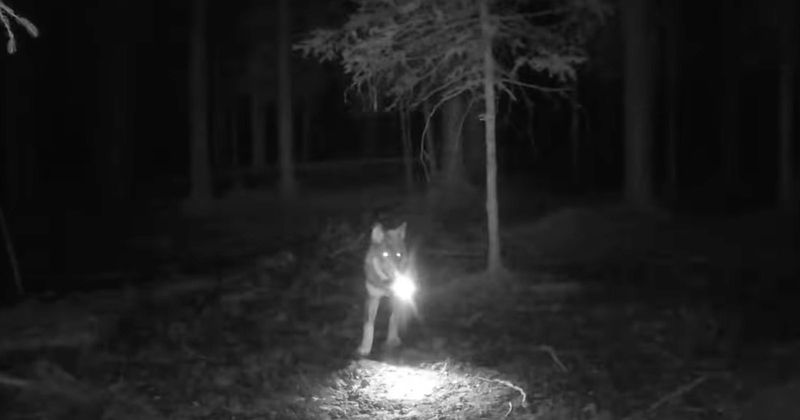
In the heart of the Arctic, where darkness reigns for months, the Arctic Wolf’s night vision becomes its greatest ally. With eyes that glisten like the stars above, these wolves navigate the endless night with unparalleled precision.
Their retinas are adapted to capture even the faintest glimmers of light, allowing them to hunt and explore under the shimmering auroras. This extraordinary ability not only aids in survival but also defines their nocturnal prowess.
Interestingly, their vision is so acute that it enables them to perceive nuances in the barren, icy landscape that remain hidden to others.

